Local Regreening Efforts Help Milwaukee Kids and Communities Blossom
Discover how Reflo transforms Milwaukee schoolyards into vibrant green spaces, tackling climate change and inspiring the next generation of environmental leaders.

In collaboration with The Nature Conservancy and our partners, Midwest communities are building a thriving, greener future.
Throughout the Midwest, communities—both large and small, urban and rural—are embracing nature-based solutions that help protect people from severe weather, maintain clean air and water and provide food and energy.
Learn how The Nature Conservancy (TNC) collaborates with these communities, as well as government and Tribal agencies, organizations and other partners, to build a resilient, sustainable future where people and nature thrive.
Together, we find a way.
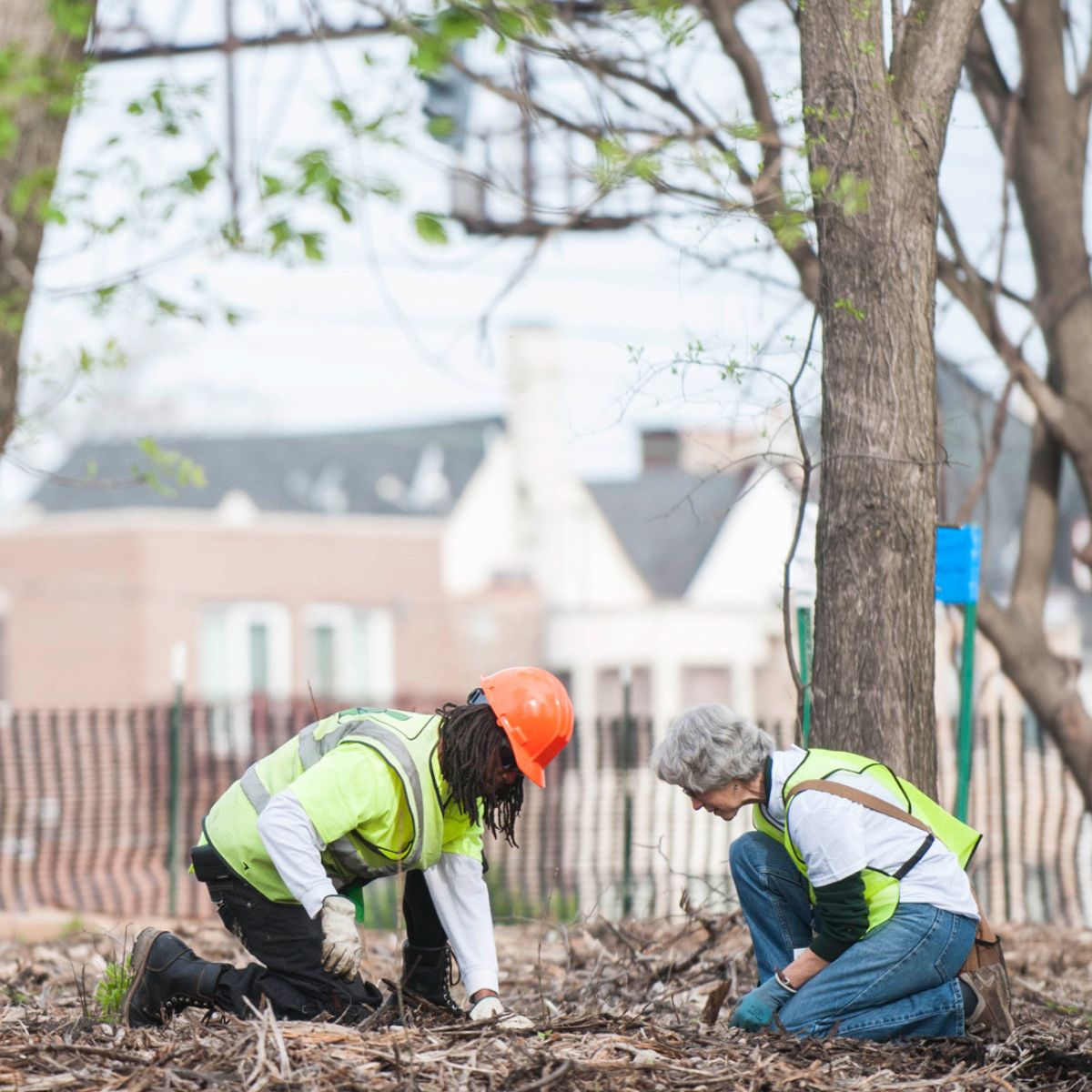
By adding the benefits of nature to cities, we can shape a healthy future for people.
The Midwest is home to some of the country’s most famous, bustling cities where more than 4.5 million people live. Cities are ecosystems too, yet many cities were built without green infrastructure, such as tree-lined streets and rain gardens, which resulted in unique ecological problems that harm people. For example:
As a result, communities with less access to greenspace often have higher rates of adverse public health effects.
As part of our 2030 goals to help 100 million people at severe risk of these and other climate-related impacts, TNC supports community-driven initiatives for equitable, nature-based solutions in our cities.
Explore the projects TNC is working on with partners to address these issues across the Midwest’s major cities.
Nature boosts student health—physically, mentally and emotionally. In Milwaukee, TNC works with local non-profit Reflo on the Green and Healthy Schools project, which works to replace problematic schoolyard asphalt with green infrastructure. These vibrant nature-inspired landscapes capture rainwater, increase urban biodiversity with trees and plants, and nurture students’ curiosity about our relationship to the environment.
TNC partners with groups like Latinos Progresando and Imani Green Health Advocates to grow Chicago’s tree canopy—especially in areas that need it most. From South Lawndale to Treesilience, these efforts bring nature back to the city, one tree at a time.
In Detroit, TNC and Grassroots Detroiters are turning sustainable forestry revenue into weather-resilient homes—supporting roof repairs, insulation and energy upgrades. These efforts complement nature-based solutions like tree planting and green stormwater infrastructure.
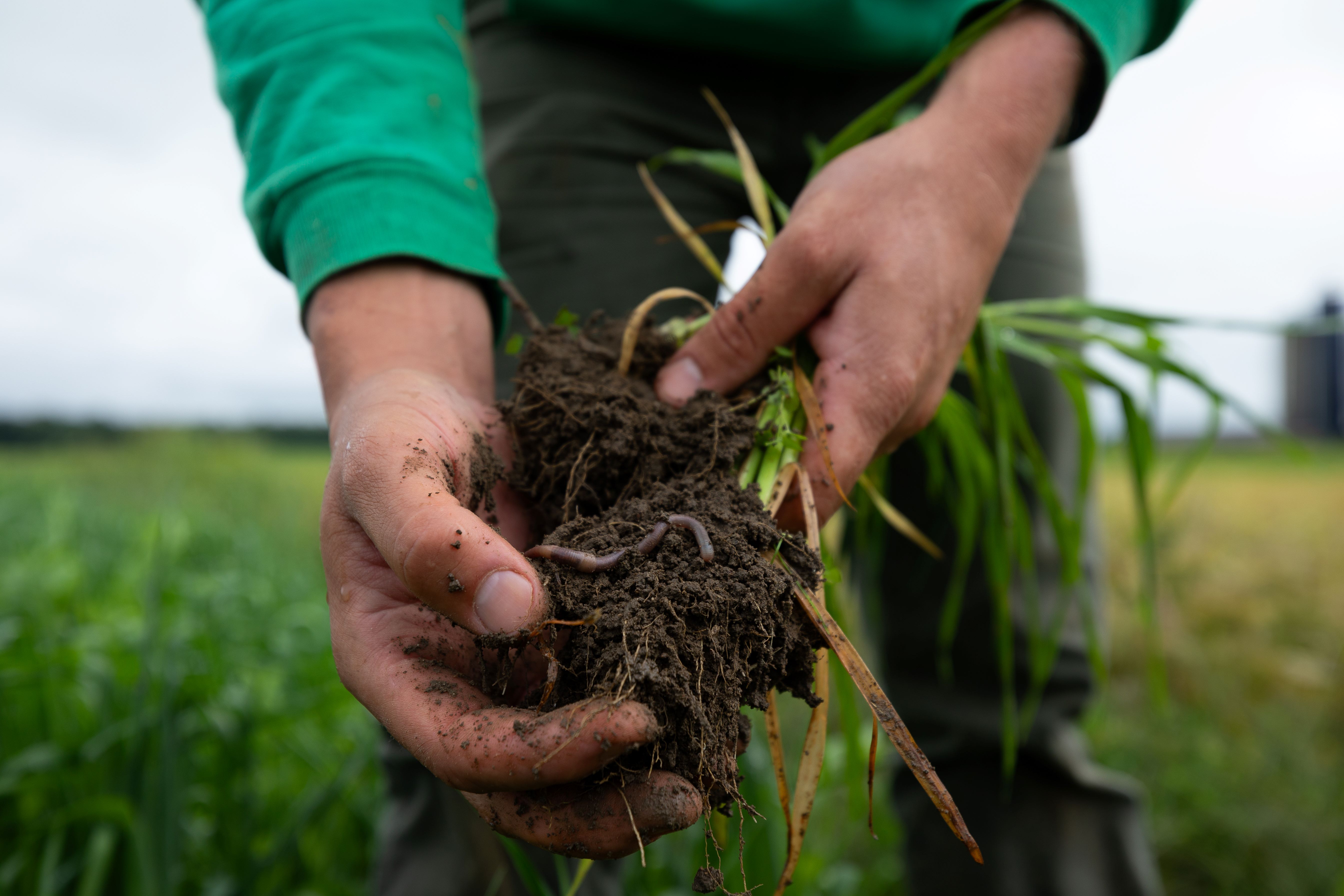
Midwest farmers are implementing innovative practices to help their farms thrive in a changing climate.
Agriculture is rooted in American—especially Midwestern—identity. But decades of intense farming practices are taking a toll. Soil health is declining and the runoff of excess fertilizer and sediment from crop fields contributes to water quality issues in our lakes, streams and rivers. Here’s the encouraging part: farmers are excellent at solving challenges. And they have a great opportunity to grow their crops in ways that restore nature and benefit their communities.
contributed to the economy by Midwest agriculture
of U.S. dairy products produced by Midwest agriculture
gigatons of potential CO2 absorbed by sustainable croplands
Learn how we’re working with farmers to maintain clean water while they feed the Midwest.
Dive into our workIn the Midwest, TNC partners with farmers, agribusinesses and companies and influences policy to create a healthier, climate-resilient food system for the future. These practices, such as cover crops, reduced tillage, nutrient management and edge of field practices, help capture and hold carbon in the soil, enhancing soil health and improving water quality for both their local rural communities and communities downstream.

With support from Farmers for Sustainable Food, TNC and Wisconsin’s producer-led Watershed Protection Grant Program, Wisconsin farmers are sharing what they learn with each other and neighboring farmers, and they are setting goals and tracking conservation outcomes annually. In Ohio, TNC co-developed the curriculum for the peer learning network “Farmer Advocates for Conservation,” with a farmer-led advisory group that helps fellow farmers implement regenerative practices. Since 2020, this group has directly reached nearly 10,000 farmers managing approximately one million acres of farmland, and their messages have indirectly reached an additional 1.5 million people through articles, social media and other online content.

Get global conservation stories, news and local opportunities near you.
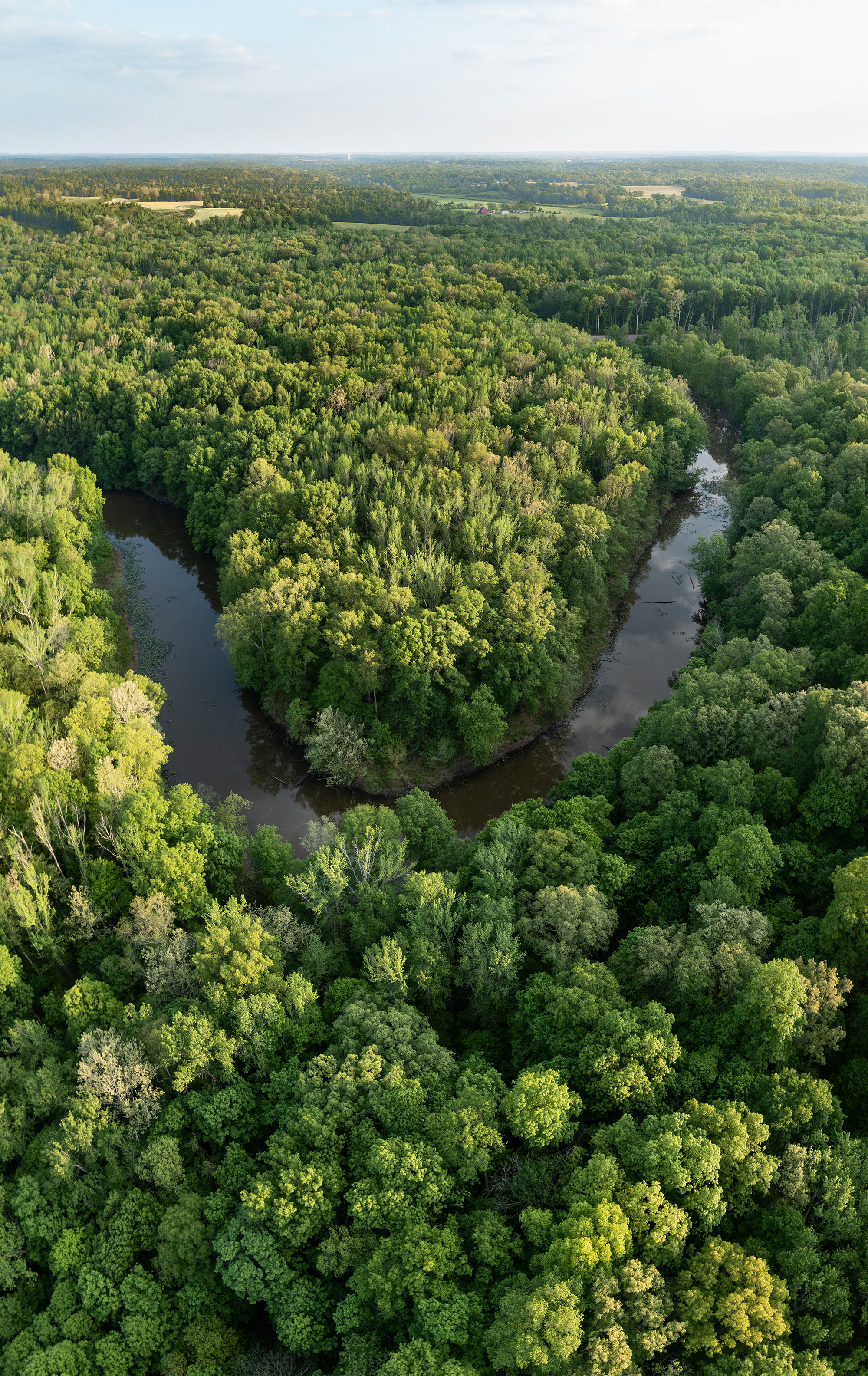
From the Great Lakes to woodland streams, water is a crucial part of the Midwest landscape and our communities.
Woven throughout the Midwest is a vast network of rivers, streams, wetlands and tributaries. These vital resources bring fresh water to our communities while supporting and connecting diverse wildlife habitats, which helps nature thrive and adapt in a changing climate. The spectacular shorelines along the Great Lakes, including rare and crucial habitats like coastal wetlands, buffer communities from flooding and storm surges. What’s more, these ecosystems are valuable carbon sinks, helping mitigate climate change.
But these habitats are also severely threatened by a combination of human activities, which alter freshwater systems. For example, rising water levels might naturally force a coastal wetland to move inland, but this relocation can be blocked by human development, so the coastal wetland is instead converted into open water and lost. Ohio alone has lost more than 90% of its wetlands.
To save these vital places and help the communities and wildlife they serve, TNC and our partners are improving the quality of Midwest streams, wetlands, floodplains and coastlines through restoration projects. In addition, by engaging with policy makers and regional collaborators, we aim to protect resilient and ecologically connected coastal sites to ensure a healthy future for fresh water.
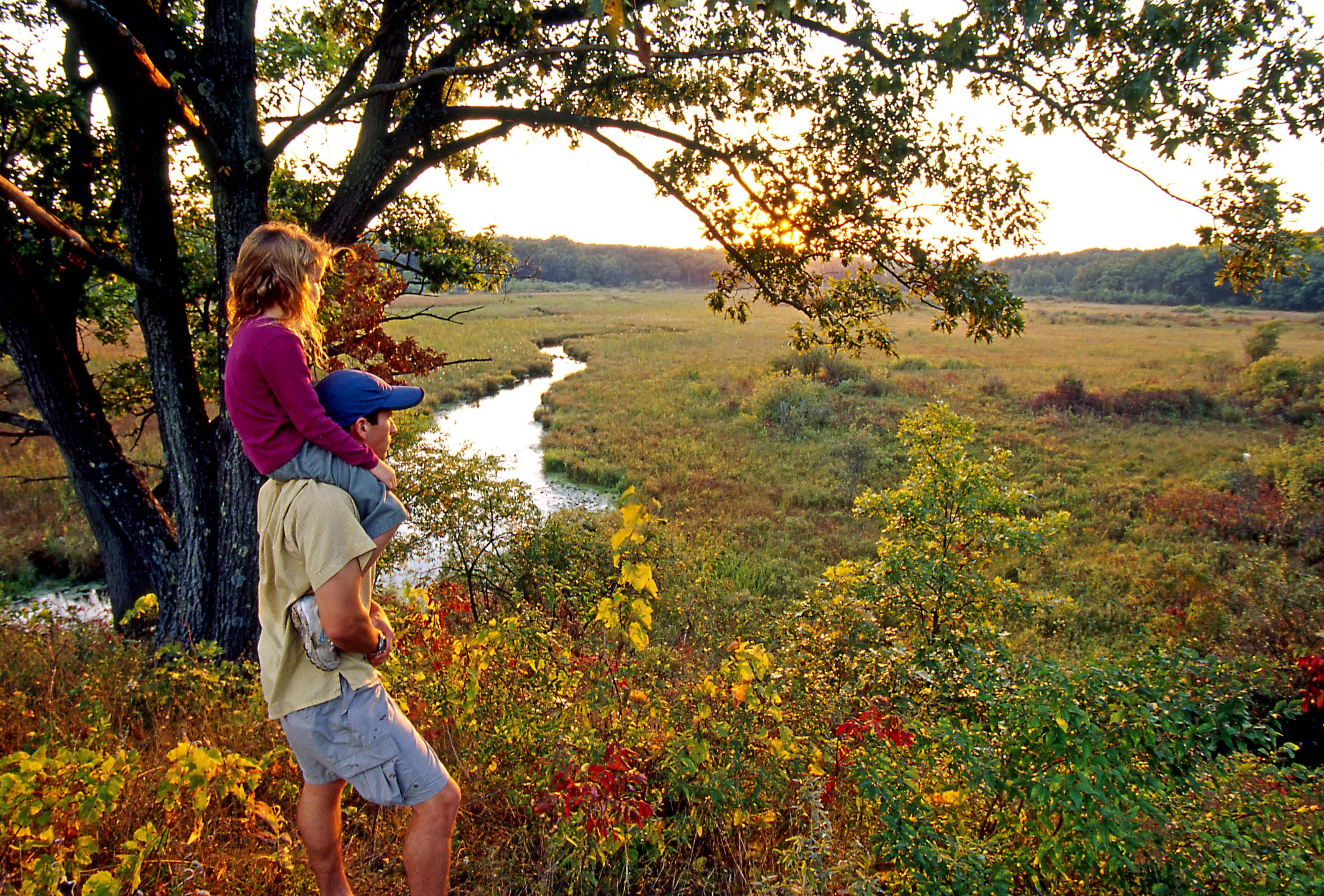
From the deep Northwoods to sun-filled prairies, the Midwest is home to a stunning array of landscapes and natural areas.
The Midwest includes many beloved and special habitats, from forested hills to rolling grasslands to rich wetland corridors. Protecting the connections between these lands and waters provides safe passage for wildlife, helping them adapt to a changing climate as they look for food, resources or new homes. These habitats also play a vital role in absorbing and storing carbon, which helps mitigate climate change.
However, our Midwest landscape is highly fragmented, and most of our land is in private ownership. TNC is focused on expanding our partnerships with organizations, government and Tribal agencies, communities and businesses to exponentially increase efforts for reforestation, sustainable agriculture and freshwater restoration. By working together, we can expand the range of protected natural areas, including urban greenspaces, that increase the potential for natural climate solutions and provide ecosystem benefits to all.
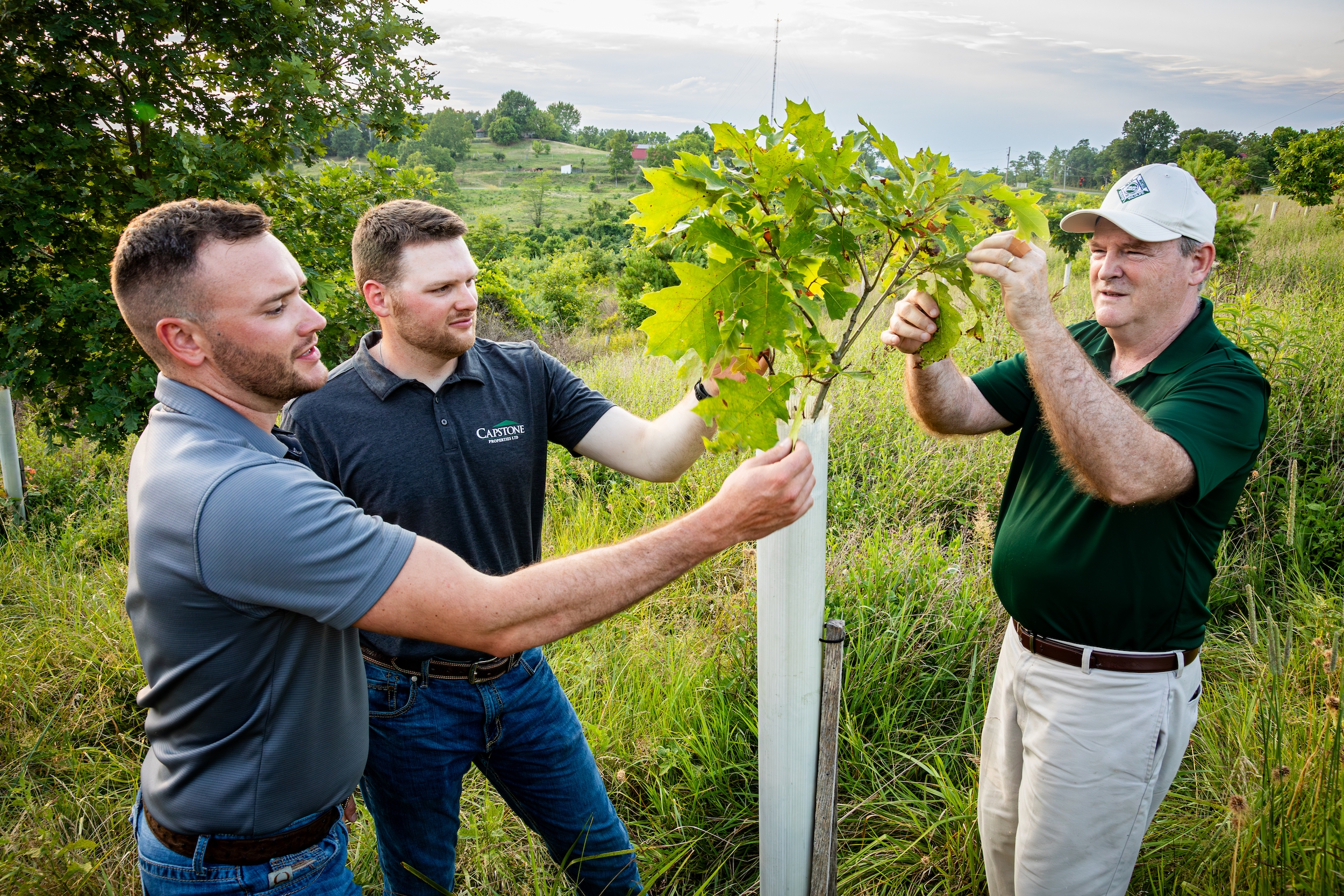
Nearly 40% of U.S. forests are privately owned, meaning family woodland owners are crucial partners in conservation practices that can help ensure a livable climate in the future. Yet, most of these properties are too small for typical carbon projects. To address this gap and increase the amount of private forests practicing climate-smart management, the Family Forest Carbon Program (FFCP) accepts landowners who own as few as 30 acres of forest.
The FFCP, a partnership between TNC and the American Forest Foundation (AFF), supports family forest owners who commit to sustainable forest management practices as part of a 20-year contract. These practices increase carbon storage and sequestration and support wildlife habitat, forest health and water quality. For example, the FFCP supports long-term maple and other hardwood forest productivity by growing forests longer and with selective sustainable timber harvesting, which helps trees grow fatter and store more carbon.
Across Michigan, Ohio and Wisconsin, the FFCP has enrolled more than 11,000 acres and more than 110 landowners since the program began in 2020.
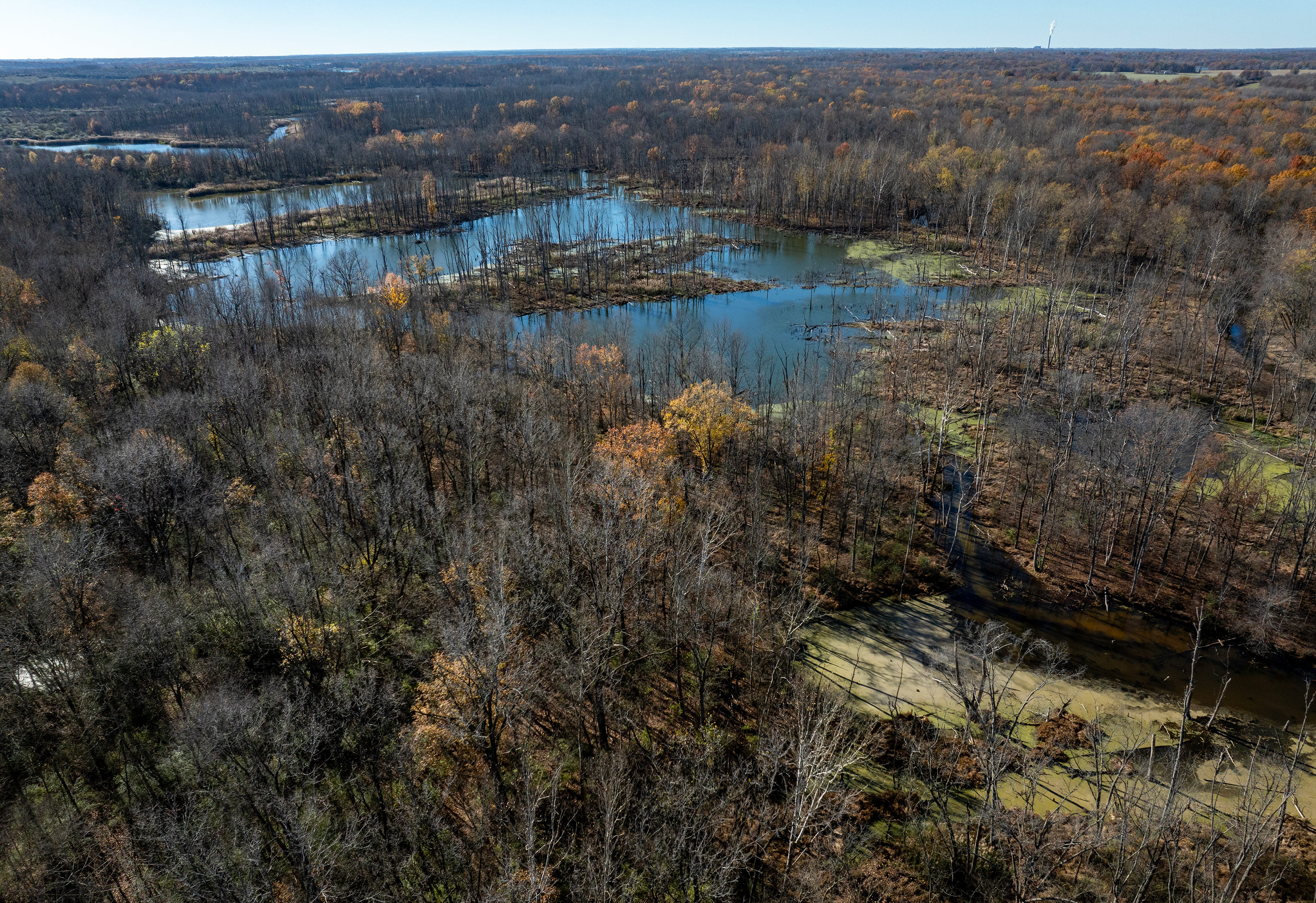
Sentinel landscapes are working and natural landscapes adjacent to military bases. Protecting these buffer areas helps keep farms and forests healthy, improves water quality and provides important habitat for wildlife, all of which are crucial for improving climate resilience and ecological health.
TNC has helped protect many sentinel landscapes, including a groundbreaking effort that permanently protected 3,950 acres near the Lake Glendora Test Facility (LGTF) in Southern Indiana in 2024. The new Busseron Creek Fish & Wildlife Area is a cornerstone for biodiversity, clean water and flood mitigation through its extensive wetlands. Its protection supports public activities, such as hunting, hiking, kayaking and bird watching.
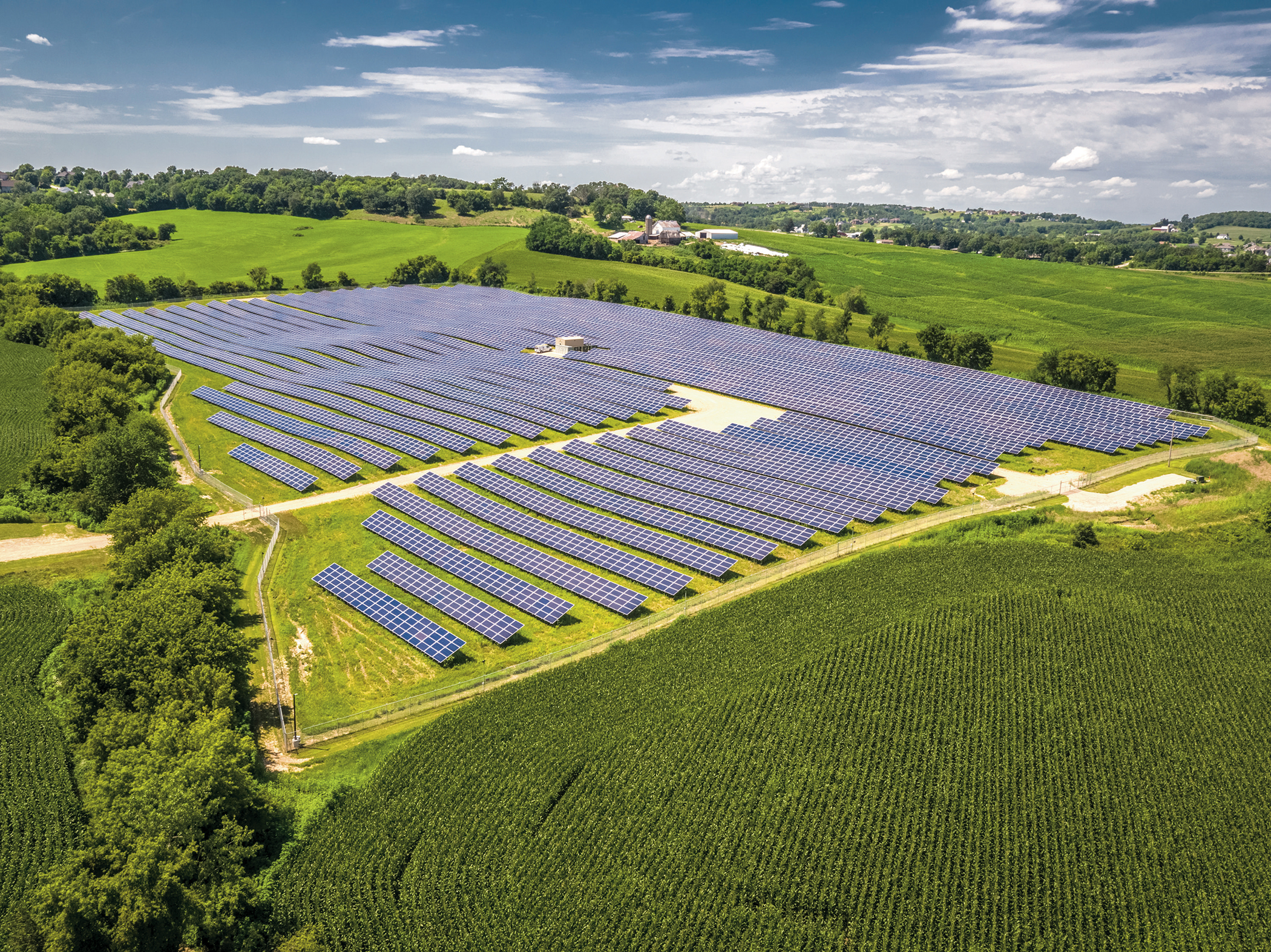
In the Midwest, TNC and our partners are helping to create a renewable energy future that benefits nature, communities and the economy.
As part of our 2030 goals to avoid or sequester 3 billion metric tons (about 3.31 billion tons) of carbon dioxide emissions each year, TNC is helping catalyze a rapid renewable energy buildout that safeguards nature and supports an equitable transition for communities. We’re working with governments to advance policies that grow clean energy, boost energy efficiency, modernize electric grids and advance battery storage technology.
This large-scale transition to clean energy is crucial for a sustainable future for the planet. In addition to helping mitigate climate change, clean energy and technological innovation are creating jobs and supporting economic growth in communities across the world. However, renewable energy development must be responsible and equitable, ensuring that people and nature will benefit long-term.
To that end, TNC empowers equitable renewable energy siting projects that address the needs of various people and communities while protecting wildlife habitat and optimizing carbon impact.

When it comes to building utility-scale solar and wind installations, finding the right location is incredibly complex. Developing new large-scale energy projects on natural lands has long been thought to be the most affordable option, but it also can create local conflict and negatively impact nature, slowing down the clean energy transition.
Fortunately, there’s another option. TNC’s Mining the Sun report recommends siting clean energy infrastructure on degraded lands, also known as brownfields. These include abandoned mines, landfills and locations where chemical or oil spills have occurred. Suitable brownfields are located across the Midwest and the nation. For instance, the three states of Illinois, Indiana and Ohio have more than 1.1 million acres of minefields and brownfields that could accommodate solar projects.
In addition, these projects can act as a catalyst for economic revitalization. When mines close, local mining communities suffer. Developing clean energy on abandoned mine sites offers an opportunity to restore economic vitality to local towns through tax revenue and new jobs.
Recently, Ohio passed a state bill that will help incentivize renewable energy siting on some of Ohio’s least usable land, including former industrial sites, landfills and abandoned mines. Ultimately, policies like these across the Midwest will help to convert these poor-quality lands to clean energy hubs and will be a win-win solution for climate, conservation and communities.
Discover more TNC stories throughout the Midwest and beyond.